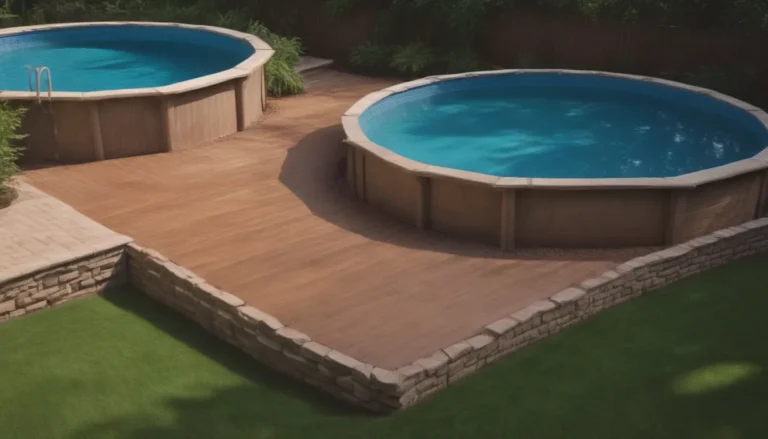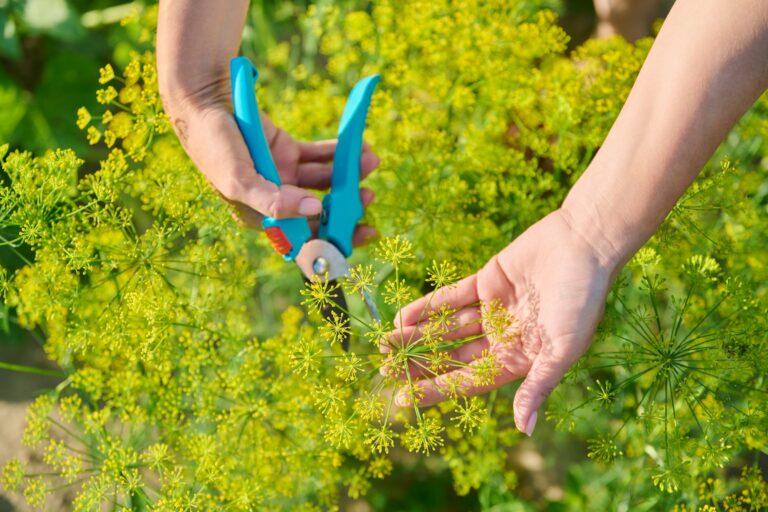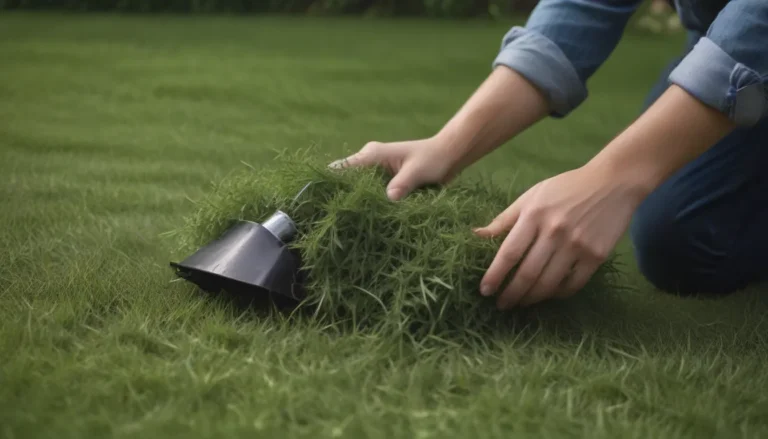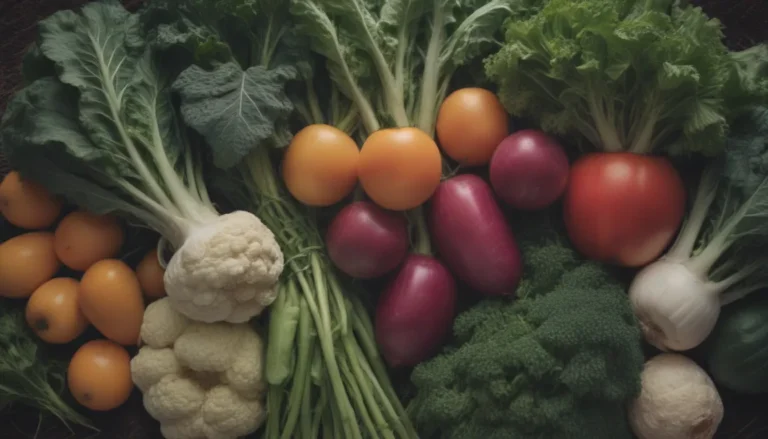The Ultimate Guide to Attached Greenhouses: Everything You Need to Know
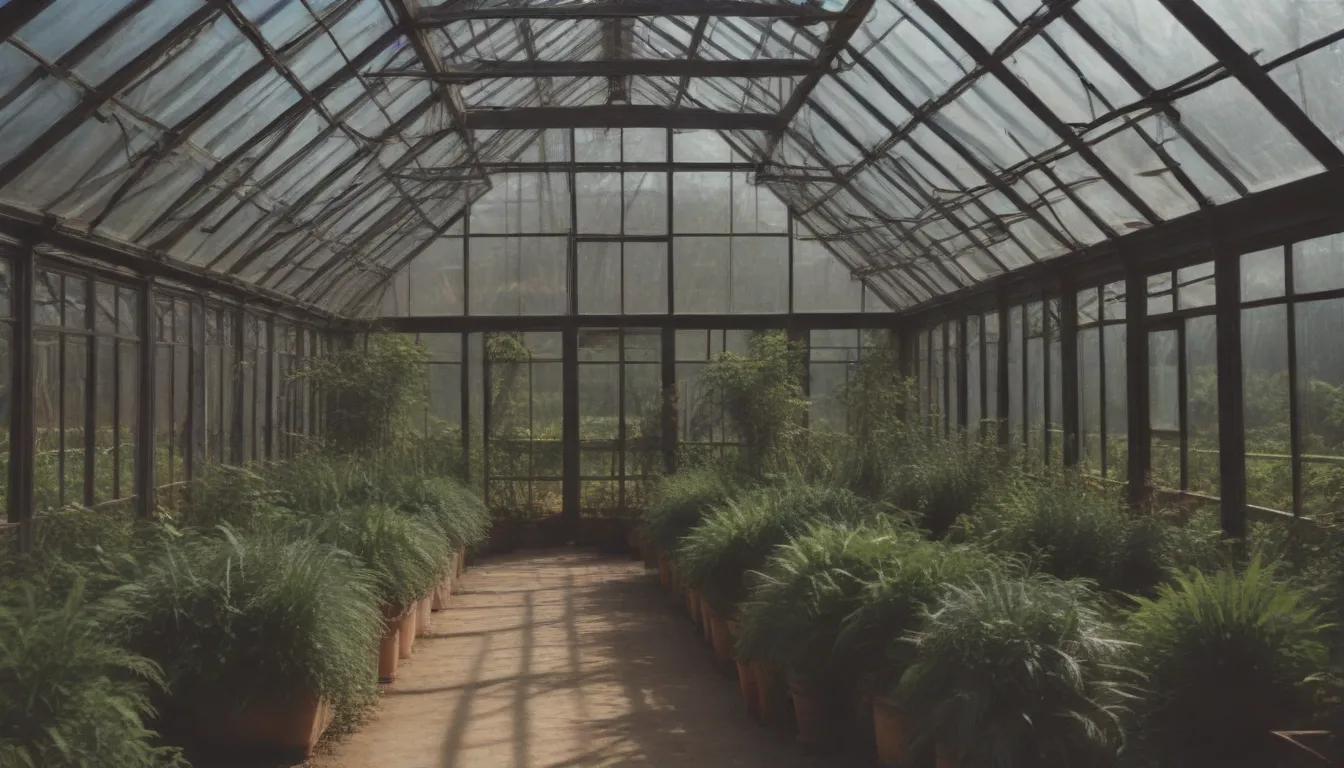
Are you an avid gardener looking to take your passion to the next level? Have you ever considered attaching a greenhouse to your home to create a dedicated space for your beloved plants? A greenhouse is not only a dream come true for any gardener but also a valuable addition to your home that can provide year-round plant care and increase the overall value of your property.
In this comprehensive guide, we will explore everything you need to know about attached greenhouses. From the advantages and disadvantages to the regulations and design considerations, we will break down all the information you need to make an informed decision about whether attaching a greenhouse to your home is the right choice for you.
What Is an Attached Greenhouse?
Before we dive into the pros and cons, let’s first understand what an attached greenhouse is. An attached greenhouse is a structure connected to your home that is specifically designed to provide controlled temperature, humidity, and sunlight for your plants. These greenhouses share a wall with your house, allowing for easy access and integration with your home’s utility systems such as water and electricity.
When considering attaching a greenhouse to your home, it’s essential to weigh the benefits and drawbacks to determine if this home addition is the right fit for you.
Advantages of Attached Greenhouses
- Cost-effective: Attached greenhouses are usually more cost-effective than freestanding structures, as they share a wall with your home, reducing labor and material costs.
- Convenient: Easy access from your home makes it convenient to tend to your plants, especially during colder months.
- Space-efficient: Ideal for properties with limited yard space, as the greenhouse is connected to the house, requiring less additional space.
- Reusable Energy: Utilize solar heating from the greenhouse to warm your home, reducing energy costs.
- More Square Footage: Increase your home’s square footage and potentially raise its value by adding a greenhouse with extra living space.
Disadvantages of Attached Greenhouses
- Regulation Requirements: Attached greenhouses must adhere to the same regulations as dwelling spaces, requiring permits and inspections.
- Less Sun: Limited sunlight access due to sharing a wall with your home, potentially impacting plant growth.
- Garden Pests: Proximity to your home may attract pests, requiring additional measures to prevent infestations.
- Winter Weather: Fragility of glass or plastic materials in greenhouses may be susceptible to damage from harsh winter conditions.
While there are clear advantages to attaching a greenhouse to your home, it’s crucial to consider the potential drawbacks and plan accordingly to mitigate any challenges that may arise.
Design Considerations for Attached Greenhouses
When planning to attach a greenhouse to your home, there are several design considerations to keep in mind to ensure a successful and functional addition to your property. Here are some key factors to consider:
- Location: Choose a spot on your home that receives ample sunlight throughout the day to promote optimal plant growth.
- Materials: Select durable materials for your greenhouse that can withstand various weather conditions and provide proper insulation.
- Ventilation: Proper ventilation is essential to regulate temperature and humidity levels inside the greenhouse.
- Foundation: Ensure a solid foundation that meets building codes and provides stability for the attached structure.
- Accessibility: Design easy access points between your home and the greenhouse for convenient plant care and maintenance.
By carefully considering these design aspects, you can create a seamless integration of a greenhouse with your home that enhances both your gardening experience and your property’s value.
Conclusion
In conclusion, attaching a greenhouse to your home can be a rewarding investment for any avid gardener looking to expand their plant care capabilities. With cost-effective construction, convenient access, and potential energy savings, an attached greenhouse offers a range of benefits that can enhance your gardening experience and overall home value.
However, it’s essential to weigh the advantages and disadvantages, consider regulation requirements, and plan for design considerations to ensure a successful integration of a greenhouse with your home. By taking these factors into account and carefully planning your attached greenhouse project, you can create a beautiful and functional space that enhances both your home and your gardening endeavors.
Are you ready to take the next step in creating your own attached greenhouse? With the right information and planning, you can transform your dream of a greenhouse attached to your home into a reality that brings joy and beauty to your living space.

